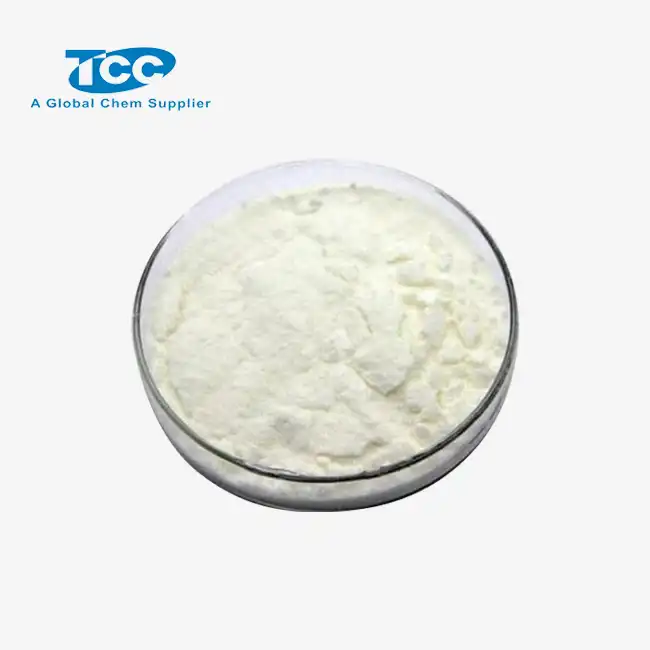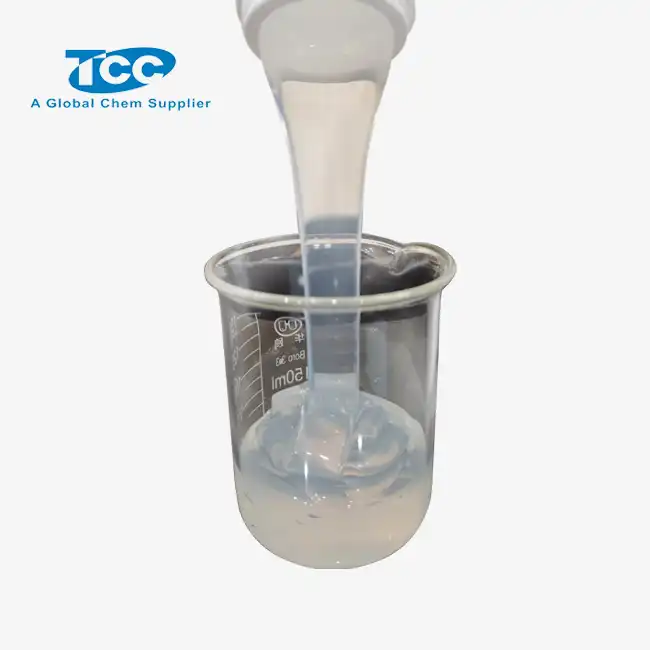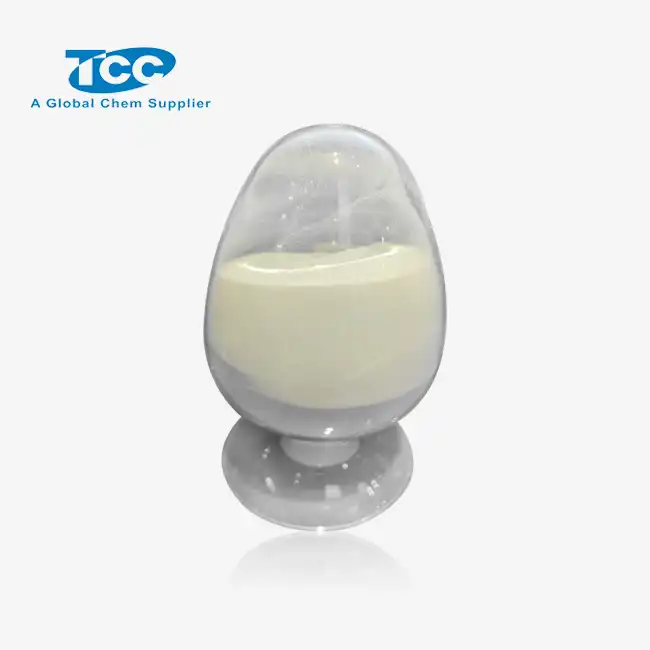- English
- French
- German
- Portuguese
- Spanish
- Russian
- Japanese
- Korean
- Arabic
- Greek
- German
- Turkish
- Italian
- Danish
- Romanian
- Indonesian
- Czech
- Afrikaans
- Swedish
- Polish
- Basque
- Catalan
- Esperanto
- Hindi
- Lao
- Albanian
- Amharic
- Armenian
- Azerbaijani
- Belarusian
- Bengali
- Bosnian
- Bulgarian
- Cebuano
- Chichewa
- Corsican
- Croatian
- Dutch
- Estonian
- Filipino
- Finnish
- Frisian
- Galician
- Georgian
- Gujarati
- Haitian
- Hausa
- Hawaiian
- Hebrew
- Hmong
- Hungarian
- Icelandic
- Igbo
- Javanese
- Kannada
- Kazakh
- Khmer
- Kurdish
- Kyrgyz
- Latin
- Latvian
- Lithuanian
- Luxembou..
- Macedonian
- Malagasy
- Malay
- Malayalam
- Maltese
- Maori
- Marathi
- Mongolian
- Burmese
- Nepali
- Norwegian
- Pashto
- Persian
- Punjabi
- Serbian
- Sesotho
- Sinhala
- Slovak
- Slovenian
- Somali
- Samoan
- Scots Gaelic
- Shona
- Sindhi
- Sundanese
- Swahili
- Tajik
- Tamil
- Telugu
- Thai
- Ukrainian
- Urdu
- Uzbek
- Vietnamese
- Welsh
- Xhosa
- Yiddish
- Yoruba
- Zulu
How does Polyacrylamide powder enhance oil recovery?
Polyacrylamide powder has emerged as a game-changing solution in the oil and gas industry, revolutionizing enhanced oil recovery (EOR) techniques. This versatile polymer plays a crucial role in improving the efficiency of oil extraction processes, particularly in mature oil fields where conventional methods may fall short. By modifying the properties of injection water and altering reservoir characteristics, polyacrylamide powder significantly increases oil recovery rates while reducing production costs. Its ability to increase water viscosity, control mobility, and improve sweep efficiency makes it an indispensable tool for maximizing oil production. As the global demand for energy continues to rise, understanding the mechanisms and benefits of polyacrylamide powder in EOR becomes increasingly important for oil companies seeking to optimize their operations and extend the lifespan of their reservoirs.
What are the primary mechanisms by which Polyacrylamide powder enhances oil recovery?
Viscosity modification and mobility control
Polyacrylamide powder enhances oil recovery primarily through its ability to modify the viscosity of injection water and control mobility within the reservoir. When dissolved in water, polyacrylamide forms a viscous solution that increases the overall viscosity of the injected fluid. This viscosity enhancement is crucial in addressing the mobility ratio between water and oil in the reservoir. By increasing the viscosity of the displacing fluid (water), polyacrylamide reduces its mobility relative to the oil, leading to a more uniform displacement front. This improved mobility control helps to minimize fingering effects and channeling, where injected water bypasses oil-rich zones. As a result, the sweep efficiency of the flooding process is significantly enhanced, allowing for greater contact between the displacing fluid and trapped oil droplets. The increased viscosity also helps to overcome capillary forces that trap oil in small pores, facilitating the mobilization and production of previously unrecoverable oil.
Permeability reduction and conformance control
Another key mechanism by which polyacrylamide powder enhances oil recovery is through permeability reduction and conformance control. When injected into the reservoir, polyacrylamide molecules adsorb onto rock surfaces and partially block high-permeability zones. This selective permeability reduction helps to divert injected water into less permeable, oil-rich areas that might otherwise be bypassed. By modifying the flow paths within the reservoir, polyacrylamide improves the overall sweep efficiency of the flooding process. Additionally, the polymer's ability to form a gel-like structure in situ can be exploited for conformance control. In reservoirs with significant heterogeneity or fractures, polyacrylamide gels can be used to seal off high-permeability streaks or thief zones, redirecting injected fluids towards unswept regions. This targeted approach ensures a more uniform distribution of displacing fluid throughout the reservoir, maximizing contact with residual oil and improving recovery rates.
Interfacial tension reduction and emulsion stabilization
Polyacrylamide powder also contributes to enhanced oil recovery through its effects on interfacial tension and emulsion stability. Although not as pronounced as surfactants, polyacrylamide can help reduce the interfacial tension between oil and water to some extent. This reduction in interfacial tension facilitates the detachment of oil droplets from rock surfaces and their subsequent mobilization. Moreover, polyacrylamide plays a crucial role in stabilizing oil-in-water emulsions formed during the recovery process. The polymer molecules adsorb at the oil-water interface, creating a protective layer that prevents coalescence of oil droplets. This emulsion stabilization effect is particularly important in maintaining the integrity of the oil bank formed during polymer flooding, ensuring efficient displacement and recovery of oil. By promoting the formation and stability of these emulsions, polyacrylamide powder helps to maintain a continuous oil phase within the displacing fluid, improving overall recovery efficiency and reducing the likelihood of oil re-entrapment.
How does the molecular weight of Polyacrylamide powder affect its performance in EOR?
Impact on solution viscosity and injectivity
The molecular weight of polyacrylamide powder plays a crucial role in determining its performance in enhanced oil recovery applications. Higher molecular weight polymers generally produce solutions with greater viscosity, which is beneficial for mobility control and sweep efficiency. As the molecular weight increases, the polymer chains become longer and more entangled, leading to enhanced viscosifying effects even at lower concentrations. This improved viscosity modification can result in better displacement efficiency and increased oil recovery. However, there is a trade-off between viscosity enhancement and injectivity. Higher molecular weight polyacrylamides may face challenges during injection due to their larger size, potentially causing formation damage or plugging of pore throats. This can lead to reduced injectivity and limited polymer propagation through the reservoir. Therefore, the selection of an appropriate molecular weight is critical to balance the desired viscosity increase with adequate injectivity for effective reservoir penetration.

Resistance to mechanical degradation
The molecular weight of polyacrylamide powder also influences its resistance to mechanical degradation during the EOR process. Higher molecular weight polymers are generally more susceptible to mechanical shear, which can occur during injection, flow through perforations, and passage through porous media. When subjected to high shear rates, the long polymer chains can break, resulting in a reduction of molecular weight and, consequently, a decrease in solution viscosity. This degradation can significantly impact the polymer's effectiveness in maintaining mobility control throughout the reservoir. On the other hand, lower molecular weight polyacrylamides exhibit greater resistance to mechanical degradation, maintaining their viscosifying properties over longer distances within the reservoir. The choice of molecular weight must therefore consider the specific reservoir conditions, including formation permeability, injection rates, and expected shear rates, to ensure optimal polymer performance and longevity during the EOR process.
Retention and adsorption behavior
The molecular weight of polyacrylamide powder also affects its retention and adsorption behavior within the reservoir, which are critical factors in EOR performance. Higher molecular weight polymers tend to exhibit greater retention in porous media due to mechanical entrapment and adsorption onto rock surfaces. While some degree of retention is beneficial for permeability reduction and conformance control, excessive retention can lead to significant polymer loss and reduced efficiency. The larger size of high molecular weight polymers may limit their ability to penetrate tight pore spaces, potentially resulting in non-uniform distribution throughout the reservoir. Conversely, lower molecular weight polyacrylamides generally show lower retention and better propagation through the porous medium. This improved propagation can lead to more uniform polymer distribution and better sweep efficiency. However, the reduced retention may also result in diminished permeability modification effects. Balancing these factors is essential when selecting the appropriate molecular weight for a specific EOR application, taking into account reservoir characteristics and desired performance outcomes.
What are the environmental considerations when using Polyacrylamide powder in oil recovery?
Biodegradability and persistence in the environment
The use of polyacrylamide powder in oil recovery raises important environmental considerations, particularly regarding its biodegradability and persistence in the environment. While polyacrylamide itself is not readily biodegradable, it can undergo slow degradation processes in the environment. The rate of degradation depends on various factors, including temperature, pH, and the presence of microorganisms. In reservoir conditions, where temperatures are often elevated and oxygen is limited, the degradation process can be significantly slower. This persistence raises concerns about the long-term environmental impact of polyacrylamide use in EOR operations. However, it's important to note that the polymer's high molecular weight and tendency to adsorb onto rock surfaces limit its mobility in the subsurface, reducing the risk of widespread environmental contamination. Nevertheless, proper management and monitoring of polymer use are essential to minimize potential environmental impacts and ensure responsible EOR practices.

Potential for acrylamide monomer release
One of the primary environmental concerns associated with the use of polyacrylamide powder in oil recovery is the potential release of acrylamide monomers. Acrylamide, the building block of polyacrylamide, is a known neurotoxin and potential carcinogen. While high-quality polyacrylamide powders used in EOR applications typically contain very low levels of residual acrylamide monomer, there is still a potential for monomer release through various degradation processes. Factors such as high temperatures, exposure to certain chemicals, and mechanical stress can potentially lead to the breakdown of polymer chains and the release of acrylamide. This risk necessitates careful monitoring and control measures to ensure that acrylamide levels in produced water and surrounding environments remain well below regulatory limits. The oil and gas industry, in collaboration with chemical suppliers, continues to develop and implement advanced polymerization techniques and quality control measures to minimize residual monomer content and reduce the environmental risks associated with polyacrylamide use in EOR operations.
Water treatment and disposal challenges
The use of polyacrylamide powder in enhanced oil recovery presents significant challenges in water treatment and disposal. As oil production increases, so does the volume of produced water containing residual polymer. The presence of polyacrylamide in produced water can complicate traditional water treatment processes due to its high molecular weight and viscosity-enhancing properties. Conventional separation techniques may be less effective in removing the polymer, potentially requiring additional treatment steps or specialized equipment. Furthermore, the disposal of polymer-containing water must be carefully managed to prevent environmental contamination. Injection of produced water back into the reservoir or disposal in deep wells must consider the potential long-term effects of polymer accumulation on formation permeability and groundwater quality. Surface disposal options are limited due to environmental regulations and the potential impact on aquatic ecosystems. As a result, the oil and gas industry is increasingly focusing on developing more efficient water treatment technologies and recycling methods to address these challenges and minimize the environmental footprint of polyacrylamide use in EOR operations.

Conclusion
Polyacrylamide powder has proven to be a valuable tool in enhancing oil recovery, offering significant benefits in terms of improved sweep efficiency, mobility control, and overall production rates. Its ability to modify fluid viscosity, reduce permeability in high-flow zones, and stabilize oil-in-water emulsions makes it an essential component in many EOR operations. However, the effective use of polyacrylamide requires careful consideration of molecular weight, reservoir conditions, and potential environmental impacts. As the oil and gas industry continues to prioritize efficiency and sustainability, ongoing research and development in polyacrylamide technology will likely lead to further improvements in EOR performance while addressing environmental concerns. Xi'an Taicheng Chemical Co., Ltd. has been delivering high-performance oilfield chemicals since 2012. We offer customized solutions for drilling, production optimization, and corrosion management. Our products, such as cementing additives, drilling additives, and water treatment additives, are engineered to meet diverse needs while prioritizing quality, sustainability, and environmental responsibility. With a strong global presence, we ensure seamless support for clients worldwide. Contact us at sales@tcc-ofc.com for more information.
References
1. Sheng, J. J., Leonhardt, B., & Azri, N. (2015). Status of polymer-flooding technology. Journal of Canadian Petroleum Technology, 54(02), 116-126.
2. Sorbie, K. S. (2013). Polymer-improved oil recovery. Springer Science & Business Media.
3. Taylor, K. C., & Nasr-El-Din, H. A. (1998). Water-soluble hydrophobically associating polymers for improved oil recovery: A literature review. Journal of Petroleum Science and Engineering, 19(3-4), 265-280.
4. Wever, D. A. Z., Picchioni, F., & Broekhuis, A. A. (2011). Polymers for enhanced oil recovery: A paradigm for structure–property relationship in aqueous solution. Progress in Polymer Science, 36(11), 1558-1628.
5. Abidin, A. Z., Puspasari, T., & Nugroho, W. A. (2012). Polymers for enhanced oil recovery technology. Procedia Chemistry, 4, 11-16.
6. Manrique, E. J., Muci, V. E., & Gurfinkel, M. E. (2007). EOR field experiences in carbonate reservoirs in the United States. SPE Reservoir Evaluation & Engineering, 10(06), 667-686.
Learn about our latest products and discounts through SMS or email



